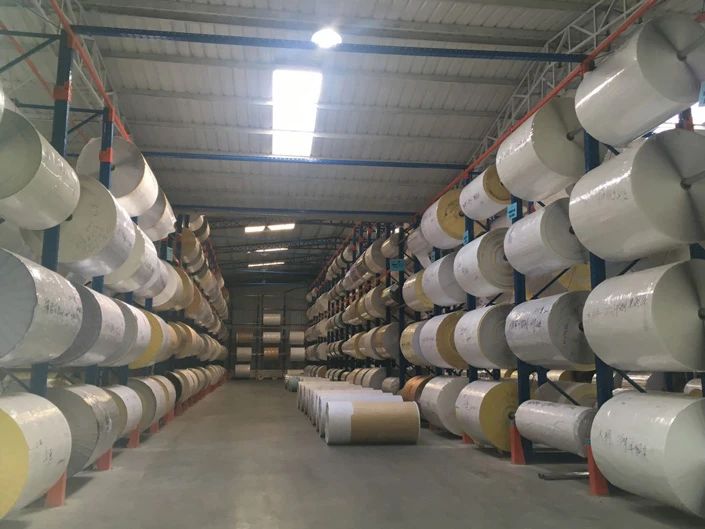
How should film stickers be stored?
Previously, I shared with you the elements of seasonal storage for adhesive materials. But there are many types of adhesive materials, among which thin film adhesive materials are a common and diverse type of material. Today, let's take a look at how to store this type of adhesive material together
From the appearance, the structure of thin film adhesive materials consists of three parts: surface material, adhesive, and base paper. Among them, the substrate and adhesive are the primary factors affecting the material properties. Therefore, the maintenance and use of thin film adhesive materials should start from these two areas
1. Temperature and humidity control is important
The vast majority of thin film adhesive materials have looser requirements for natural environmental temperature and humidity compared to paper adhesive materials. PE, PP, PET, and PVC films have high water resistance and oil resistance, and have little response to temperature changes. Special attention must be paid to the fact that thin film adhesive materials have a lower absorption capacity for adhesives than paper adhesive materials. Therefore, hot-melt sol thin film adhesive materials are not easy to store under high temperature conditions, otherwise it is easy to cause adhesive leakage. If there is a glue leakage situation, it is best to carry out powder wiping or edge cutting before application, otherwise it is easy for the adhesive to overflow after machine operation, and in severe cases, it will continue to stick to the roller
Different adhesives require different storage conditions for thin film adhesive materials. Thin film adhesive materials often use permanent hot melt adhesives. Due to the high viscosity of hot melt adhesives, they are not suitable for storage at high temperatures above 25 ℃, otherwise it is easy to cause adhesive leakage. However, they have little effect on changes in environmental humidity; If water-soluble adhesives are used, their temperature response to storage conditions is relatively small, and their response to changes in environmental humidity is slightly large. The temperature of storage conditions should be adjusted between 50% and 60%
Considering the climate, high temperature and humidity, it is crucial for adhesive printing companies to pay special attention to avoiding adhesive leakage in adhesive materials. In some areas with high temperature and humidity in the southern region, it is even more important to pay attention to the natural ventilation of storage warehouses. In winter, it is dry and dusty, and adhesive materials (especially thin film adhesive materials) are very prone to static electricity induction, which seriously affects the printing quality. Therefore, the temperature and humidity of the warehouse should be strictly controlled, and companies with conditions can also equip static elimination devices. If the purchased adhesive material contains plastic film packaging, there is no need to damage the plastic film packaging during storage, which will also effectively prevent static electricity induction
2. Warehouse management is very important
Labels are generally produced and processed according to specific orders, with a wide variety of printing categories and different types and specifications of adhesive materials used. Except for some basic materials that may have certain reserves, the vast majority of materials or unique materials (such as film adhesive materials) are purchased according to the production and manufacturing needs of orders, resulting in high material fluidity. The warehouse should be grouped and managed according to the types, specifications, and models of materials, which can not only alleviate inventory pressure and excess consumption, but also better ensure manufacturing quality
The warehouse shall be managed by dedicated personnel. From receiving order information to allocating purchases, the supplier will generally deliver the raw materials to the warehouse within 24 hours. The warehouse manager should carry out project acceptance, filing, and warehousing. Ensure first in, first out (FIFO) during the production and manufacturing of material requisition forms, and properly record and conduct statistical analysis on the return of leftover materials to the warehouse. The inbound and outbound data information should be relative to the enterprise ERP, and inventory levels should be manipulated based on data-driven management to improve the company's efficiency through lean management. Generally, a warehouse should be divided into at least three areas: first, a large storage area, where wooden pallets are used for storage; Secondly, there is a small storage area where materials to be dismantled or remaining in small quantities are placed on display shelves; Thirdly, in the return and exchange area, products that have been prepared for return in advance will be placed on professional greeting boards or wooden pallets
Can ordinary adhesive labels have a waterproof effect?
A typical thin film adhesive label is a waterproof adhesive label. The commonly used materials for waterproof adhesive labels include PP synthetic paper adhesive labels, milky white PE adhesive labels, protective film adhesive labels and labels, PET adhesive labels, all of which are waterproof and moisture-proof.
So, let's take copperplate paper labels as an example for adhesive label printing factories: for example, pour some water on a paper box, wait for more than ten minutes, and the font of the coated paper adhesive label will be like at the beginning. Adhesive label factories will use good glue, so the reliability of the label is even higher. Not only can it be waterproof and moisture-proof, but you don't have to worry about the label falling off!
In fact, there are many waterproof and moisture-proof adhesive label materials. Printing factories can use very suitable label materials based on the material of the adhesive surface, the expected effect that the label design scheme must ensure, and whether there is diversity in production processes, according to the use of the label! Waterproof labels are generally used for daily chemical adhesive labels.
With the emergence of well-known brands of daily necessities, the labels of daily necessities products are also varied when we go shopping. Do you know which type of adhesive material is used to make this type of daily chemical self-adhesive label when accessing it? So let's explain them one by one below.
Daily chemical adhesive labels, commonly used for products, are generally made of the following materials: copperplate paper, fully transparent PVC/PE/BOPP/PET, milky white PP/PE/PET, PP synthetic paper, pearl film, glossy white PVC, matte white PVC, etc.

What is copperplate paper adhesive label
Copperplate paper adhesive labels are also a common type of label paper in people's daily lives. Copperplate paper adhesive labels are often used as raw materials for printer printing labels, with a thickness of generally around 80g. Widely used in large shopping malls, inventory management, clothing labeling, industrial production automation production lines, etc
Copperplate paper adhesive labels are divided into general Copperplate paper adhesive labels and mirror coated Copperplate paper adhesive labels. Below are the characteristics and applications of the two types of labels
1. Characteristics of general copperplate paper adhesive stickers:
Half finished milky white architectural coating paper, with a basic net weight of 80 grams per square meter, a surface panel thickness of 72 degrees, and an overall label thickness of 147 degrees. Use a temperature range of -50 degrees to 90 degrees, with a minimum label temperature of 7 degrees
Application scope: It is widely used in large shopping malls, inventory management, clothing labels, industrial production automation production lines, and can be used for semi touch powder color printing in marketing promotion and industrial production. Widely applicable scope includes skincare product labels, drug labels, and biotechnology industry labeling. It should be affixed to the floor plans and simple slopes of the vast majority of boards, including thick cardboard and plastic film
2. Characteristics of Mirror Copperplate Adhesive Stickers:
Smooth snow-white industrial coated paper with polished surface treatment, with a basic net weight of 80 grams per square meter, marked with an overall thickness of 165 degrees, suitable for temperatures ranging from 50 to 90 degrees Celsius, and labeled with a temperature of at least 7 degrees Celsius
Scope of application: Widely used for high gloss colorful adhesive labels, with a wide range of applications such as skincare product labels, drug label food enterprise logos and marketing promotion logos, paper box outer layer stickers, delivery labels, certificate labels, etc. It should be affixed to the floor plans and simple slopes of the vast majority of boards, including thick cardboard, plastic film, and HDPE containers
We offer comprehensive technical support, including free professional labeling solutions, advice on label materials and adhesive selection, as well as online/offline assistance from professional software and hardware engineers. Service email: andy@ownlikes.cn. In pre-sales, we leverage our extensive experience in specialty labeling projects to provide clients with the most suitable hardware solutions. Additionally, all our label barcode printers and scanners come with a three-year free warranty, demonstrating our confidence in our products.


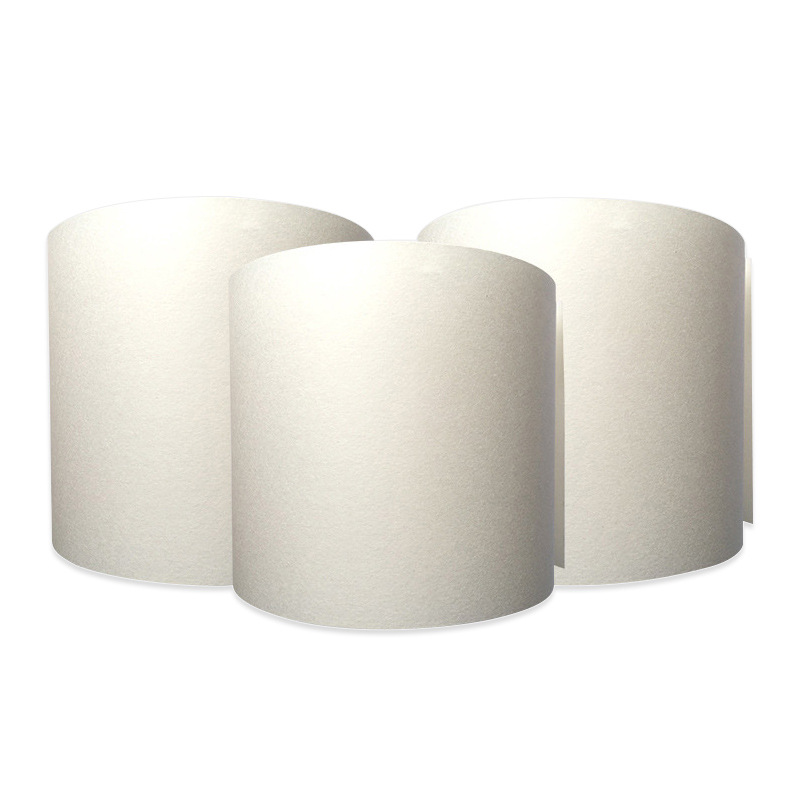
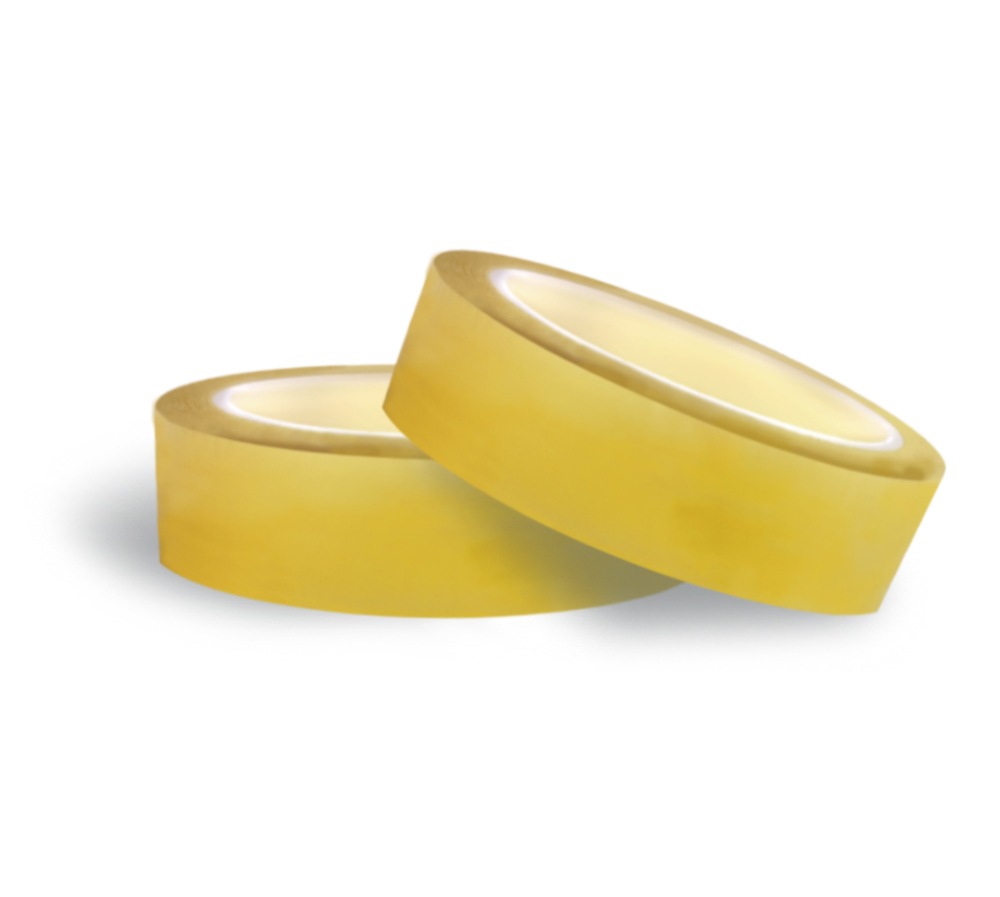
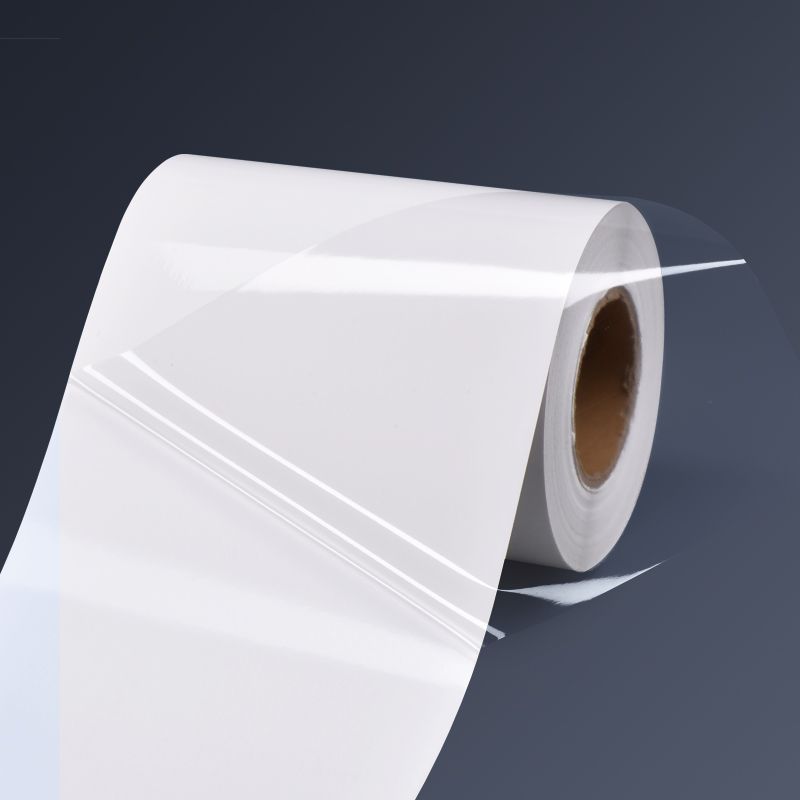
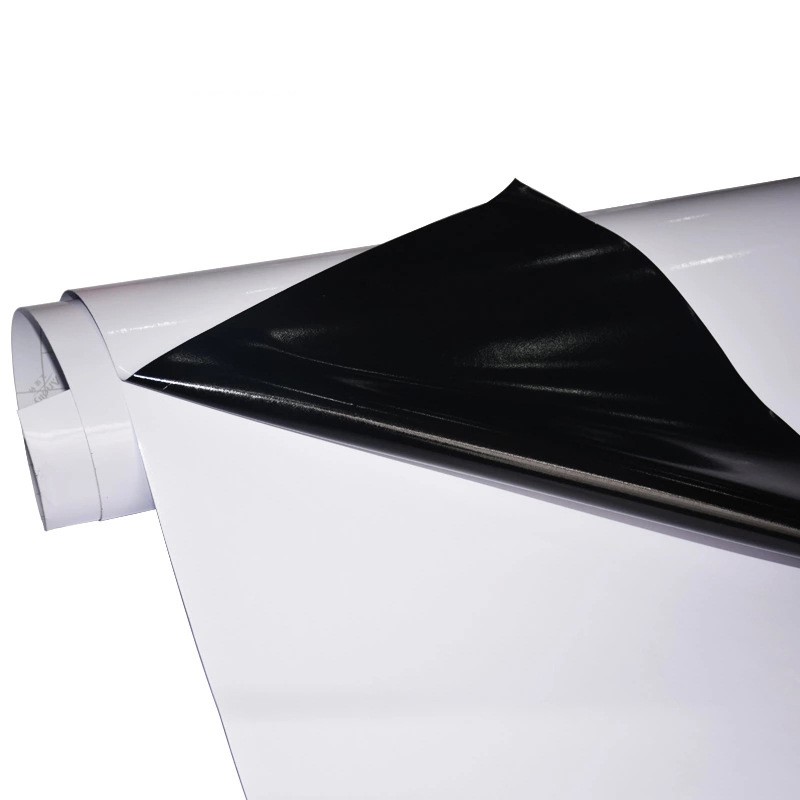
This site is protected by reCAPTCHA and the Google Privacy Policy and Terms of Service apply.